Making bread is a valuable skill. If nothing else it makes me feel accomplished. Seriously, I take wheat, water, yeast, honey, salt and turn it into something edible and delicious – I think I should wear a Wonder Woman outfit in the kitchen on those days (that, however, could become a distraction, so I digress)!
The thing is, I always read…I study, I learn, I want to know what is the healthiest thing to feed my family and knowing that I have a little guy that really requires the absolute healthiest ingredients, I decided to take it to the next level: use natural sourdough starter (the yeast is naturally occurring from fermentation) and sprouted wheat. Some days I honestly feel like all I do is decide to make more work for myself, why can’t I keep anything simple? Uh, because that’s not what I do – I like challenges and, by golly, my bread was going to rise to the occasion (yes, pun intended).
So, you may ask, why eat sprouted grains? How is it better for you? Well, every grain has a protective coating over it keeping it from sprouting or growing at inopportune times and, according to the Whole Grains Council website “once sprouting starts, enzyme activity wipes out these growth inhibitors and transforms the long-term-storage starch of the endosperm to simpler molecules that are easily digested by the growing plant embryo”. This also means that it is also more easily digested by us. Furthermore, with sprouting comes increase vitamins – primarily vitamin C. As you can see, sprouting your grains ahead of time increases your body’s ability to digest and assimilate the vitamins packed into the delicious goodness.
So, like the researcher I am, I found many websites showing me how to sprout my wheat. I chose the method that used the least amount of equipment (everything I had on hand, yippee, no going into town to buy the next greatest contraption) and got to work. Did I say it was simple? Because it is. I started the entire process out by soaking my wheat berries. These are organic hard white wheat berries, but you can really use whatever you wish. If you are going to use it to make muffins, quick breads, biscuits or cookies I recommend using soft white wheat.
I let the berries soak overnight in a covered jar.
In the morning I dumped them into a fine mesh strainer and put it over the sink, rinsed them well, covered them with a cloth, placed them over a large crockpot bowl to catch the water, and let them sit.
I rinsed them two more times that day and the next day. That was it…they sprouted and were ready to be dried.
I have an Excalibur Dehydrator. Normally I am all for buying the least expensive models of things unless it is entirely necessary to buy the best. I’m telling you right now, it’s necessary. Other dehydrators don’t give you the options that Excalibur does. All the trays are removable allowing for yogurt-making, bread rising, sour cream making, as well as housing multiple trays that are all equally exposed to the warm air circulating from the back of the machine.
I fit all the moist, sprouted wheat berries on four trays,
inserted the trays into my dehydrator and set it to 125. I checked them after about three hours, moved the berries around and put them back in, as soon as everything felt completely dry (you don’t want mold) I turned off the dehydrator and let them cool down. That’s where they sit as I write this post.
Tomorrow I embark on my first loaf of wheat bread made only from fresh ground wheat (for the sourdough starter), fresh ground wheat berries, water, salt, and a little honey. I will be posting photos and giving instructions so you, too, can journey with me into the land of Sprouted Wheat Sourdough Bread (don your capes and knee high boots, ladies).



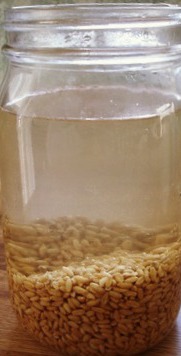
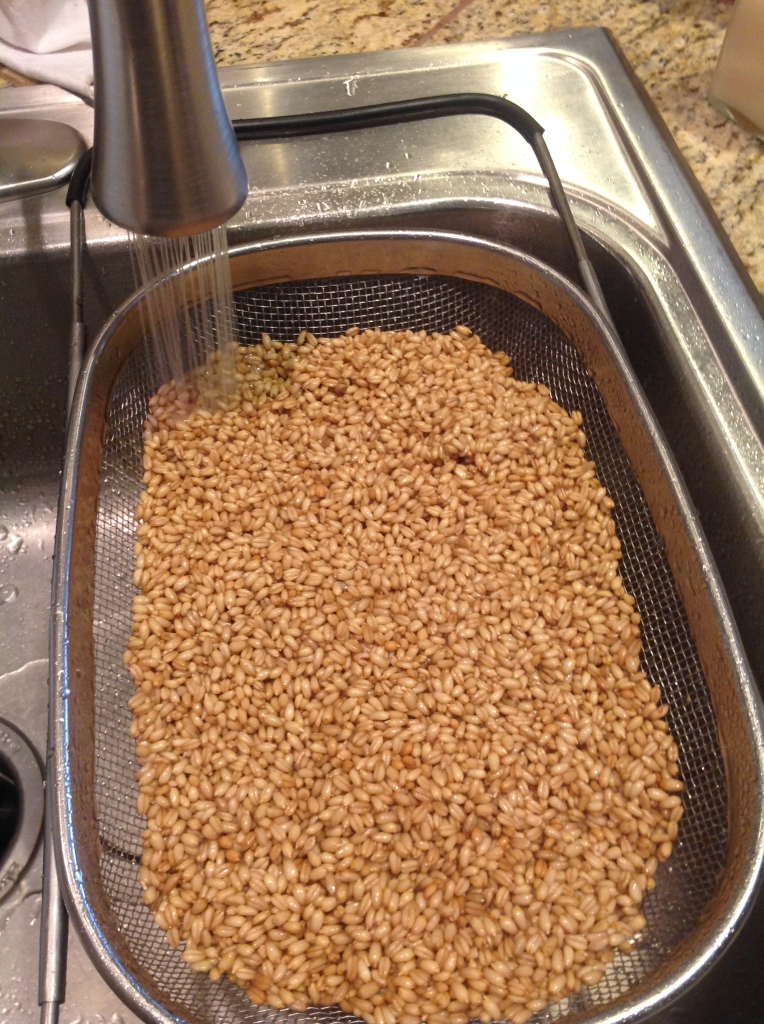
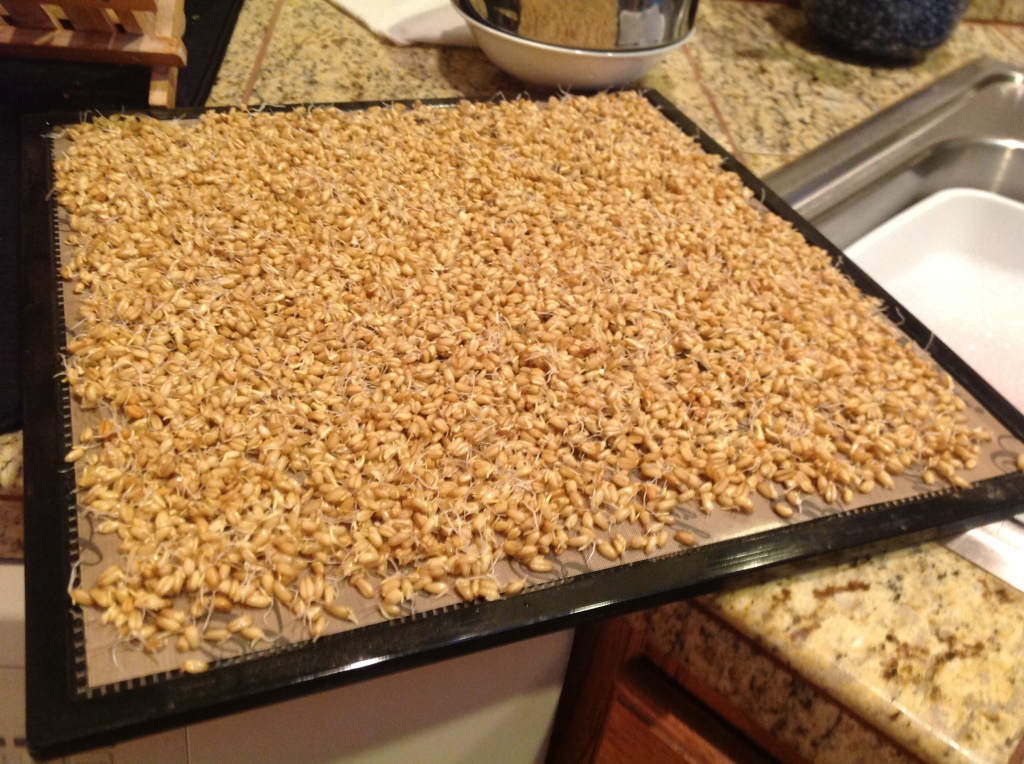
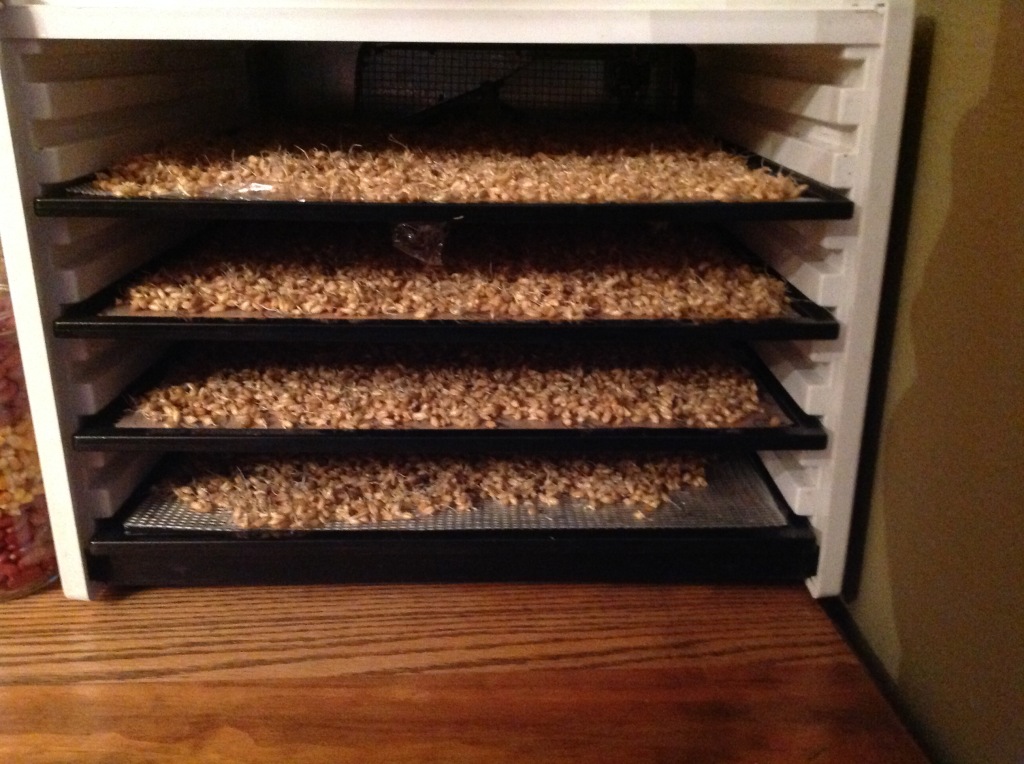
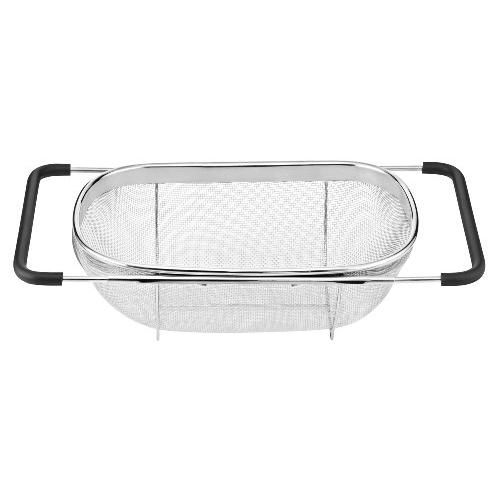
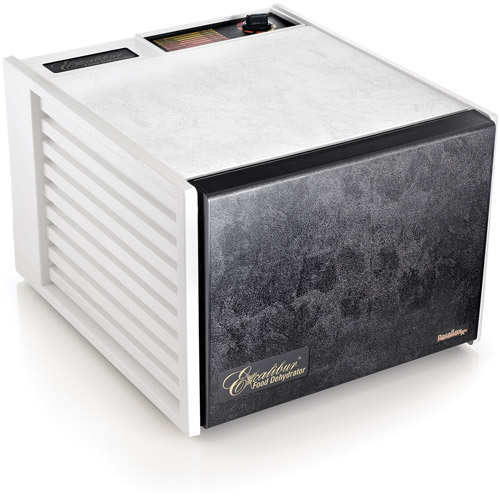
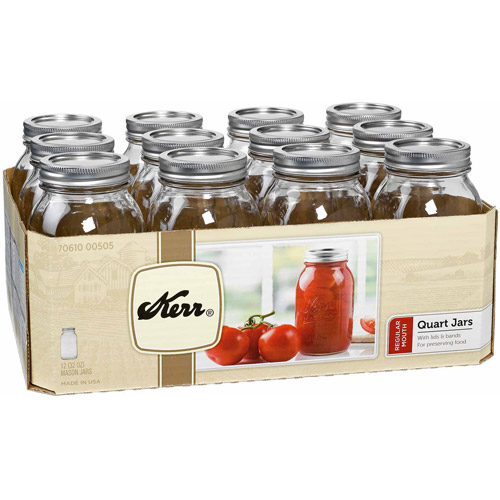


Leave a Reply
You must be logged in to post a comment.